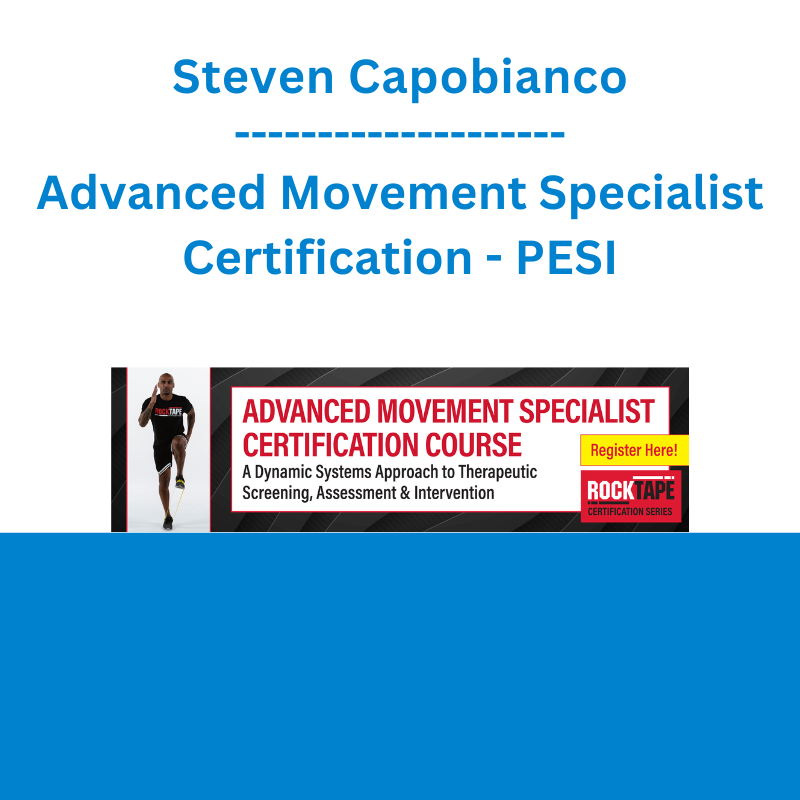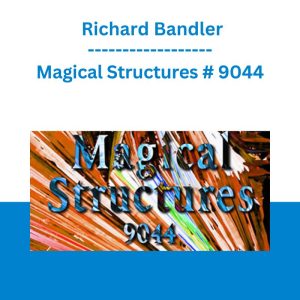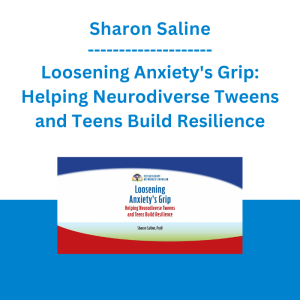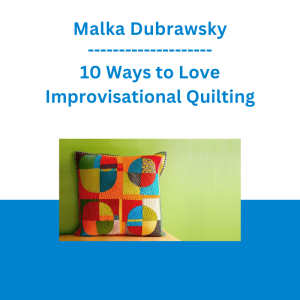*** Proof of Product ***
Exploring the Essential Features of “Steven Capobianco – Advanced Movement Specialist Certification – PESI”
Speaker: Steven Capobianco, DC, MA, DACRB, PES
Duration: 5 Hours 59 Minutes
Copyright: Oct 30, 2019
Media Type: Online Course
Description
Advanced Movement Specialist Certification
Full Course Description
Advanced Movement Specialist Certification: Subconscious Movement
The Advanced Movement Specialist Certification introduces movement assessment and performance enhancement to create simple and effective movement screening protocols & corrective home exercise programs for your clients and patients. The certification introduces a unique functional screening system that examines brain, tissue and mechanical influences of human movement. Clinicians will create corrective strategies to address dysfunctions and participate in a re-screening process to determine the efficacy of the intervention.
The primary goal of the Advanced Movement Specialist Certification course is to help health and fitness professionals learn safe, simple, and effective tactics to assess and address ‘unconscious’ movement. Attendees will learn multiple assessments alongside multiple interventional strategies to influence the ‘unconscious’ movements of walking and breathing. A variety of interventional tools (mobility balls, exercise bands, foam rollers, compression flossing bands, agility and conditioning equipment) will be used to tackle an evidence-informed, brain-based, joint-by-joint approach to movement and functional rehabilitation/performance programming. The use of digital motion analysis technology will be presented to demonstrate how health and fitness professionals can be more objective when assessing human movement.
This course is intended for health and fitness professionals with all levels of experience with rehabilitation programming. Completion of the Movement Specialist Certification Course (with a focus on conscious movement) is strongly recommended prior to this program.
Speaker
Steven Capobianco, DC, MA, DACRB, PES
Dr. Capobianco holds a BA and MA in Kinesiology and Exercise Science in addition to a doctorate in Chiropractic Medicine. Steve is a practicing sports chiropractor, currently holding a Diplomate in Rehab from the ACA and a Performance Enhancement Specialists certification from the NASM. Dr. Capo launched a sports specific rehab and performance institute called ProjectMOVE in Denver, Colorado that focuses on identifying motor control dysfunction in an attempt to enhance human performance from the professional athlete to weekend warrior. Steve is an avid athlete with a passion for sports. He has spent 25 years competing in ice hockey, lacrosse, triathlons, adventure racing, and natural bodybuilding. Steve is the Senior Director of Medical Education for Rocktape, pioneering evidence-informed education and products that challenges the current understanding of human movement practices. He authored the Fascial Movement Taping manual and lectures worldwide on the movement based corrective tactics and strategies.
Speaker Disclosures:
Financial: Steven Capobianco has an employment relationship with Implus Inc. He receives a speaking honorarium from Kinetisense. Steven Capobianco receives a speaking honorarium and recording royalties from PESI, Inc.
Non-financial: Steven Capobianco is a member of the American Chiropractic Association, the National Association of Sports Medicine, the American Veterinarian Chiropractic Association, and several others, for a complete list contact PESI, Inc.
Objectives
- Examine the role of neuromuscular movement assessment.
- Assess automatic/unconscious awareness of human movement (breathing and gait)by screening the balance and coordination systems.
- Compare and contrast the difference between mobility restrictions – neural vs. somatic restrictions (Brain vs Tissue).
- Integrate the “3 Movement Pillars” and how they relate to human movement control and performance (Brain (Neurological/Psychological), Tissue, Mechanical).
- Demonstrate movement assessments that identifies the ability to associate and dissociate segments of the body as they relate to gait/breathing movement patterns.
- Apply, practice and employ corrective strategies that involve the ability to associate (integrate) and dissociate (mobilize) different segments of the body.
- Critique and demonstrate proper use of compression floss bands, foam rollers and mobility balls for movement limitations.
- Develop and appraise movement with the use of exercise bands, agility and conditioning equipment as well as body weight correctives with appropriate progressions and regressions.
- Introduce and integrate the use of digital motion analysis to objectively capture human movement.
Outline
Advanced Movement Specialist Certification: Subconscious Movement
3 pillars to Human Movement
- Brain (Neurological/Psychological)
- Tissue (Fascia)
- Mechanical (Motor)
- Unconscious coordination as it relates to human movement (breathing and gait)
- Role of the nervous system as it seeks safety and the ramifications of threat on human movement
Movement assessment techniques to evaluate the functions of 4 movement centers (Ankle Complex, Hip Complex, Thorax Complex and Shoulder Complex):
- 30,000 ft view
- Brain Screen –
- Threat Assessment as it applies to Breathing and Gait (Psychological Readiness Questionnaire) to evaluate patient/client’s behavioral/motivational attachment to movement.
- Ankle Complex (gait)
- Hip Complex (gait)
- Thorax Complex (breathing)
- Shoulder Complex (breathing)
- Evaluate coordination and balance capability as it applies to Breathing and Gait
- Tissue Screen – Evaluate fascia’s contribution to planar movement function or dysfunction in breathing and gait.
- Advanced Modified Bunkie Test
- Ankle Complex
- Hip Complex
- Thorax Complex
- Shoulder Complex
- Mechanical Screen – Static/Dynamic Assessment of Breathing and Gait
- Discuss biomechanical association/dissociation concepts apply these concepts to breathing and gait
Brain Screen Methods Workshop
Measure the performance of unconscious coordination. Balance/Coordination Screens:
- Physiology relationship to breathing coordination and gait coordination (Clinical relevance)
- Identify unconscious coordination of the body: (cerebellar)
- Modified Rhomberg (Full-Body Coordination)
- Dynamic upgrade: Tandem Walk
- Dynamic upgrade: Backwards Walk
- Hand Tapping (Upper Extremity Coordination)
- Dynamic upgrade: Nose Finger Nose
- Rolling Patterns (neuro-motor assessment)
- Supine to Prone
- Prone to Supine
- Upper Body Quiet
- Lower Body Quiet
Tissue (Fascial) Screen Methods Workshop
Workshop Advanced Modified Bunkie Tests:
- Discuss physiology relationship to breathing coordination and gait coordination (Clinical relevance)
- Sagittal:
- Prone Plank – Elevated (UE or LE)
- Supine Plank – Elevated (UE or LE)
- Frontal
- R/L Dynamic Side Plank – Hip Drop
- Regression to knee (dosage is until planar spillage)
- R/L Side Plank – Top Leg Lift
- Regression to knee (dosage is until planar spillage)
- Transverse
- 3 Point Plank – Upper Body Emphasis (eval control Shoulder Complex)
- 3 Point Plank- Lower Body Emphasis (eval control Hip Complex)
Mechanical Screen of Breathing and Gait
Identify normal behavior of the four centers of human movement during breathing and gait
- Discuss physiology relationships present in normal breathing coordination and gait coordination (Clinical relevance)
- Introduce concepts of blocked vs slinky performance of unconscious movements.
- Block: Associated movements are dysfunctional
- Slinky: Disassociated or segmental/sequential motions are ideal
- Observe subjective performance of the 3 of the 4 Centers of Human Movement during Breathing
- Is your breathing performance BLOCK or SLINKY
1. Dissociation Assessment
- Thorax Complex vs Hip Complex
- Lumbar extension vs rib expansion cheat (supine)
- Increase the hoop 360 breath (sit/stand)
- Lateralization of breath (sit/stand)
- Shoulder Complex vs Thorax Complex
- Supine shoulder disassociation with thorax expansion (supine)
- Supine shoulder disassociation with thorax expansion (sit/stand)
2. Association Assessment
- If breathing performance is blocked…dysfunction is present
- Introduce concepts of blocked vs slinky performance of unconscious movements.
- Block: Associated movements -dysfunctional
- Slinky: Disassociate or segmental/sequential motions – ideal
- Observe subjective performance of the 4 Centers of Human Movement during Gait
- Is your gait performance BLOCK or SLINKY
1. Dissociation Assessment
- Ankle Complex vs Hip Complex
- Shank progression
- Bilateral comparison
- Hip Complex vs Thoracic Complex
- Pelvic R/L Rotation
- Femoral IR/ER Assessment
- Thorax Complex vs Shoulder Complex
- Arm Swing
2. Association Assessment
- If gait performance is blocked…dysfunction is present
- Provide feedback on efficiency/economy of movement performance of breathing and gait.
Corrective Strategies to Address Movement Pattern Dysfunction
1. Ankle Complex Interventions:
- BRAIN Corrections – Threat Reduction Correctives
- Improve unconscious coordination awareness via balance, coordination correctives
- Instruct novel use of exercise bands and agility and conditioning equipment as sensori-motor tools
- Re-Screen Gait to assess changes
- TISSUE Corrections –
- Fascial Stability – Use of exercise bands and agility and conditioning equipment to improve planar control
- Re-Screen Gait to assess change
- MECHANICAL Corrections – Movement Correctives
- Disassociation Tactics – Therapeutic exercise bands, compression flossing bands, mobility balls, corrective exercise bands, foam rollers, and agility tools to aid in dissociation of body segments.
- Stability Tactics – Therapeutic exercise bands
- Global Movement Correctives
- Re-Screen Gait to assess change
2. Hip Complex Interventions:
- BRAIN Corrections– Threat Reduction Correctives
- Improve unconscious awareness via balance, coordination, and use of agility and conditioning equipment.
- The novel use of exercise band as sensori-motor tools
- Re-Screen gait to assess change
- TISSUE Corrections –
- Fascial Stability – Use of exercise bands and agility and conditioning equipment to aid in fascial stability
- Re-Screen gait to assess change
- MECHANICAL Corrections – Movement Correctives
- Disassociation Tactics – Therapeutic exercise bands, compression flossing bands, mobility balls, corrective exercise bands, foam rollers, and agility tools dissociation/differentiation of body segments to improve quality of body representation.
- Stability Tactics – Corrective Bands (Focus on Global Methods for association/disassociation)
- Global (Movement) Correctives – agility and conditioning equipment
- Re-Screen Gait to assess change
3. Thorax Complex Interventions:
- BRAIN Corrections– Threat Reduction Correctives
- Improve unconscious awareness via balance, coordination, and use of conditioning tools.
- The novel use of exercise band, agility and conditioning equipment as sensori-motor tools
- Re-Screen Breathing to assess change
- TISSUE Corrections –
- Fascial Stability – Use of exercise bands and bodyweight to aid in fascial stability
- Re-Screen Breathing to assess change
- MECHANICAL Corrections – Movement Correctives
- Dissociation Tactics – Therapeutic exercise bands, compression flossing bands, mobility balls, corrective exercise bands, foam rollers, and agility tools dissociation/differentiation of body segments to improve quality of body representation.
- Stability Tactics – Corrective Bands (Focus on Global Methods)
- Global (Movement) Correctives – Foam Roller, Compression Floss Bands
- Re-Screen Breathing to assess change
4. Shoulder Complex Interventions:
- BRAIN Corrections– Threat Reduction Correctives
- Improve unconscious awareness via balance, coordination correctives
- The novel use of exercise bands and mobility balls as sensori-motor tools
- Re-Screen Gait/Breathing to assess change
- TISSUE Corrections –
- Fascial Stability – Use of exercise bands and compression floss bands to aid in fascial stability
- Re-Screen Gait/Breathing to assess change
- MECHANICAL Corrections – Movement Correctives
- Dissociation Tactics – Therapeutic exercise bands, compression flossing bands, mobility balls, corrective exercise bands, foam rollers, and agility tools dissociation/differentiation of body segments to improve cortical awareness/control.
- Stability Tactics – Plank progressions with equipment
- Re-Screen Gait/Breathing to assess change
Target Audience
- Physical Therapists
- Occupational Therapists
- Athletic Trainers
- Chiropractors
- Massage Therapists
- Certified Strength and Conditioning Specialists
- Exercise Physiologists
Please see the full list of alternative group-buy courses available here: https://lunacourse.com/shop/










 Matthew Kratter - Trader University
Matthew Kratter - Trader University  Debra Alvis - Yoga and Mindfulness: Mind-Brain Change for Anxiety, Moods, Trauma and Substance Abuse - PESI
Debra Alvis - Yoga and Mindfulness: Mind-Brain Change for Anxiety, Moods, Trauma and Substance Abuse - PESI  Erin McGuire - Orthopedic & Neurology Functional Performance Conference - PESI
Erin McGuire - Orthopedic & Neurology Functional Performance Conference - PESI  Magical Structures # 9044 - Richard Bandler
Magical Structures # 9044 - Richard Bandler  Jaysen Batchelor & Quinton Batchelor - The Ultimate Drawing Course - Beginner to Advanced
Jaysen Batchelor & Quinton Batchelor - The Ultimate Drawing Course - Beginner to Advanced  Mosh Hamedani - The Ultimate JavaScript Mastery Series - Part 1
Mosh Hamedani - The Ultimate JavaScript Mastery Series - Part 1  Sharon Saline - Loosening Anxiety's Grip: Helping Neurodiverse Tweens and Teens Build Resilience - PESI
Sharon Saline - Loosening Anxiety's Grip: Helping Neurodiverse Tweens and Teens Build Resilience - PESI  Toshko Raychev - Profit System + ITF Assistant
Toshko Raychev - Profit System + ITF Assistant  Malka Dubrawsky - 10 Ways to Love Improvisational Quilting
Malka Dubrawsky - 10 Ways to Love Improvisational Quilting  A-Game Poker Masterclass - Elliot Roe
A-Game Poker Masterclass - Elliot Roe  Trade Like Mike - The TLM Playbook 2022
Trade Like Mike - The TLM Playbook 2022  DAN KENNEDY - A-Z INFORMATION PUBLISHING & ADVANCED DIRECT MARKETING BUSINESS SYSTEM
DAN KENNEDY - A-Z INFORMATION PUBLISHING & ADVANCED DIRECT MARKETING BUSINESS SYSTEM  Elizabeth Purvis - Platinum Program Secrets
Elizabeth Purvis - Platinum Program Secrets  Molly Pittman - How To Build An Engaging Facebook Messenger Bot
Molly Pittman - How To Build An Engaging Facebook Messenger Bot